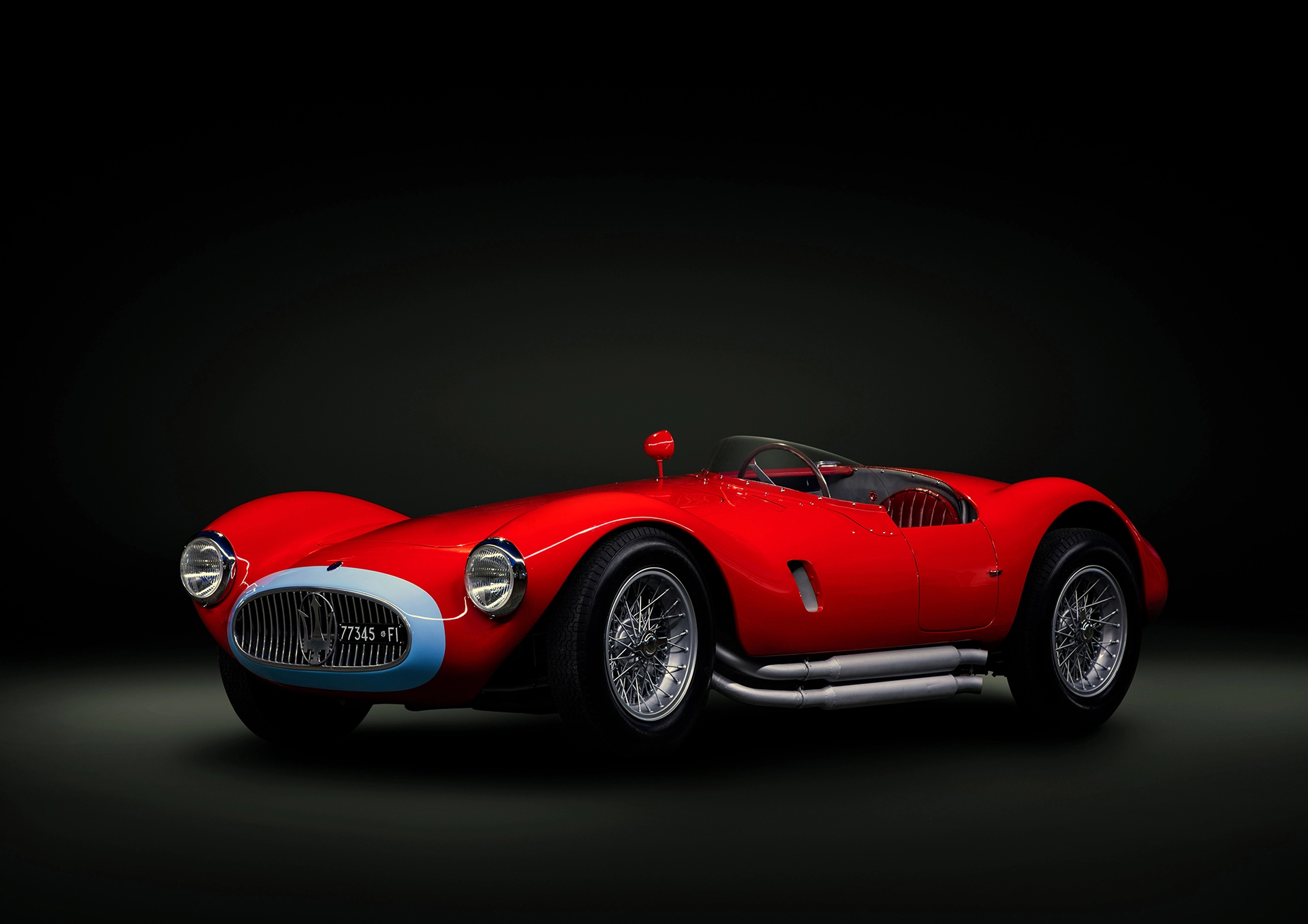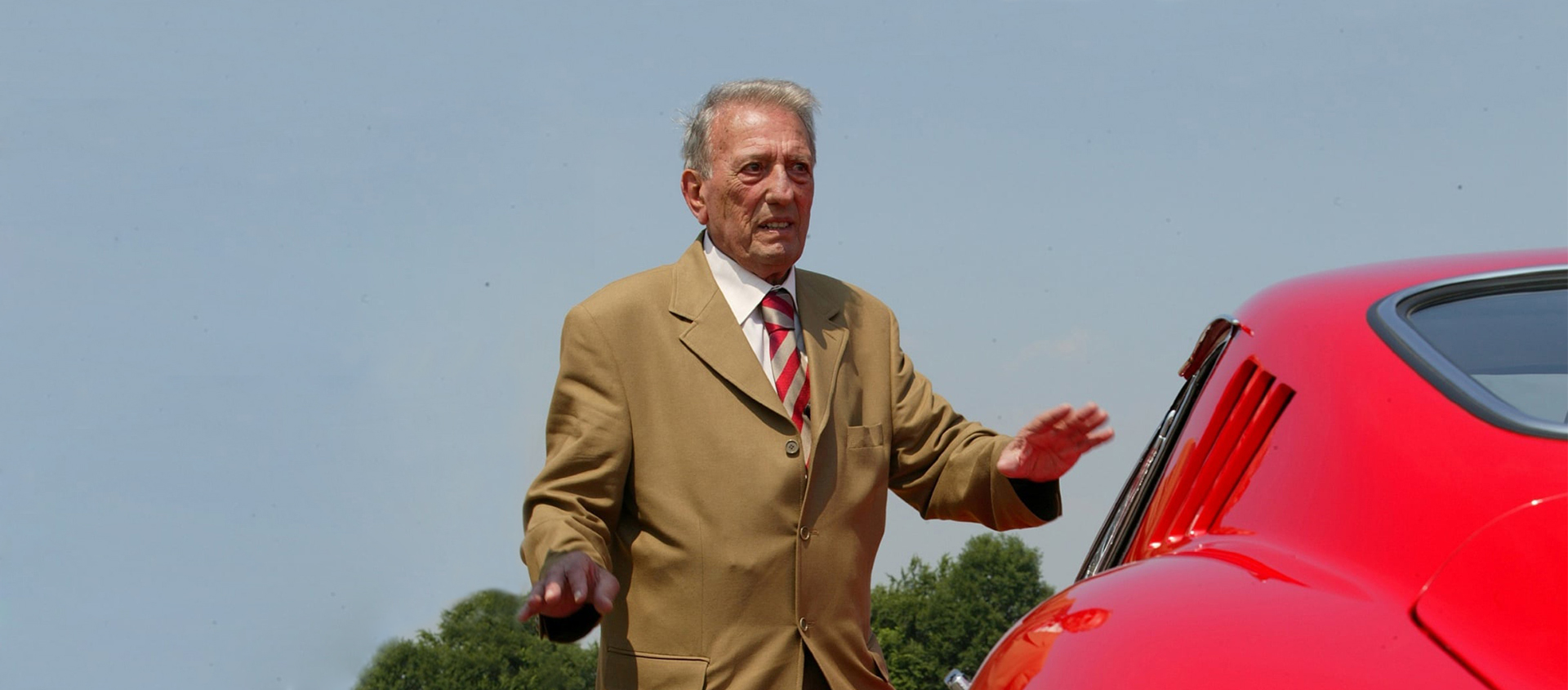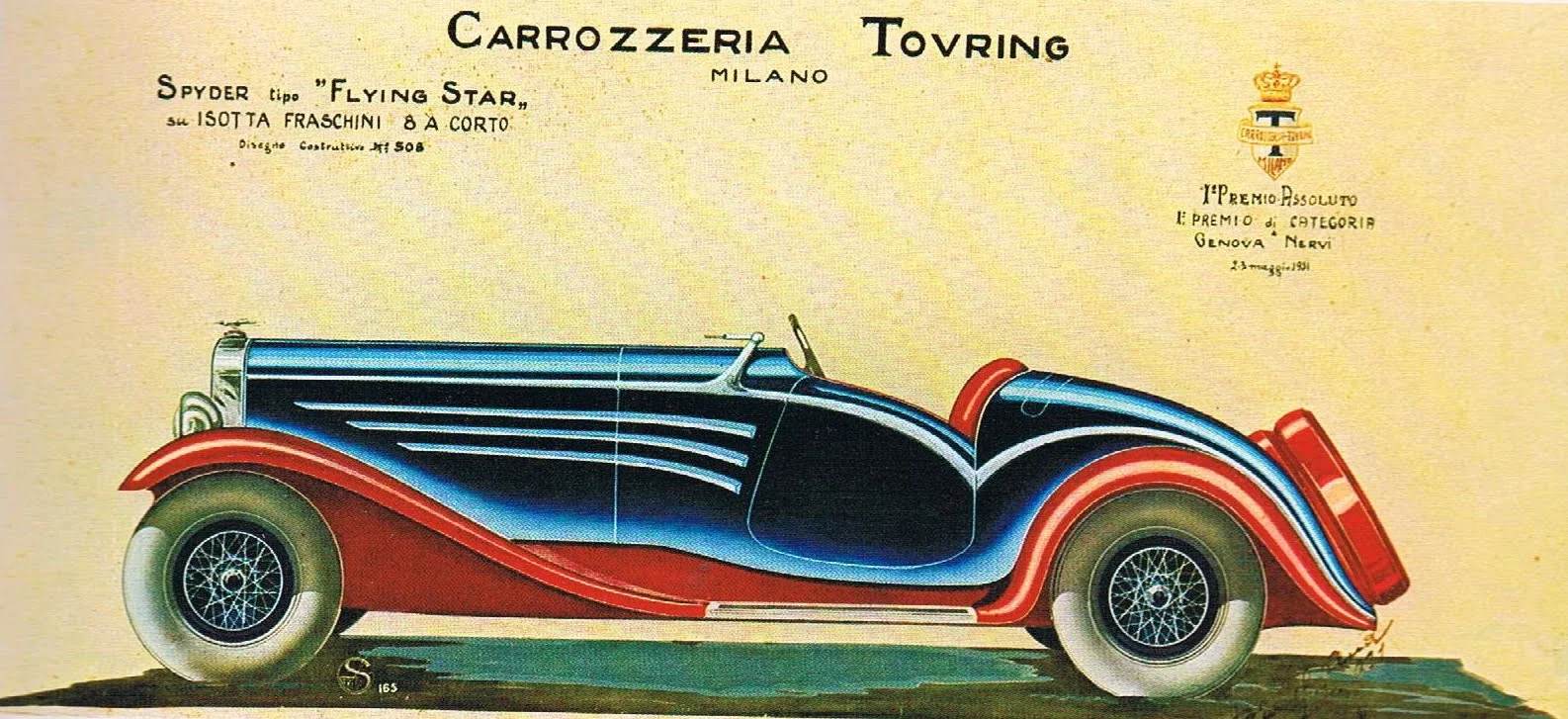The Myth of Italian Coachbuilders: Fantuzzi
01 June 2024 3 min read 4 images

Photo credit: Fiskens, Maserati, RM Sotheby’s, Wheelsage
In the 1950s and 1960s Modena became the global epicenter of racing cars, thanks largely to Maserati and Ferrari. During this period, due to cost and time constraints, the bodies of single-seaters and sports cars intended for racing were crafted by sheet metal artisans using the "filoni" technique. This involved shaping iron rods to define the three-dimensional shape and size of the car body, creating a full-scale mock-up, the so-called "filone". On this mock-up various aluminum pieces were shaped, then welded together and fixed to the steel tube frame, before being painted usually in the color red.
Register to unlock this article
Signing up is free and gives you access to hundreds of articles and additional benefits. See what’s included in your free membership. See what's included in your free membership.
Already have an account? Log In



